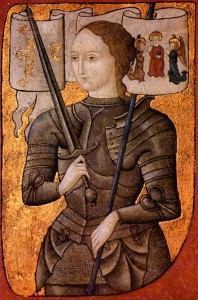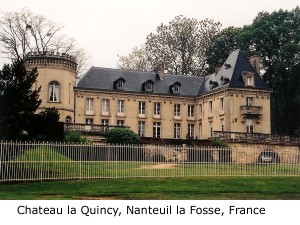After the elimination of the English threat to the Loire valley, Jeanne pressured the Dauphin to seek his rightful throne as king of France. Two months later, amidst great pageantry, she stood beside the new king at his coronation as Charles VII in Reims Cathedral, the traditional location for crowning kings of France.
Compiegne, one of the earliest royal cities in France, retains numerous large buildings that date from the 15th century or earlier. The city provides an opportunity to view original structures dating from this period.
03b Capture of Jeanne d’Arc at Compiègne: 18 June 1430
Département: Oise
Region: Picardy
Country: France
A French Battlefields “Virtual Battlefield Tour” [This battlefield is not included in Fields of War.]
Summary: In March 1430, Jeanne left the court to help with the defense of Compiegne against attack by Philip the Good, Duke of Burgundy, an English ally. On 23 May she led a sortie against the besiegers. Jeanne became trapped and taken prisoner by the men of Count Jean II of Luxembourg when the gates closed during her force’s retreat.
Charles made no attempt to rescue his heroine, mainly due to court intrigue against her by those jealous of her increasing influence. In November, she was sold by Jean to the English, as was the custom of the time for important captives.
View 03b Capture of Jeanne d’Arc at Compiègne: 18 June 1430 in a larger map


